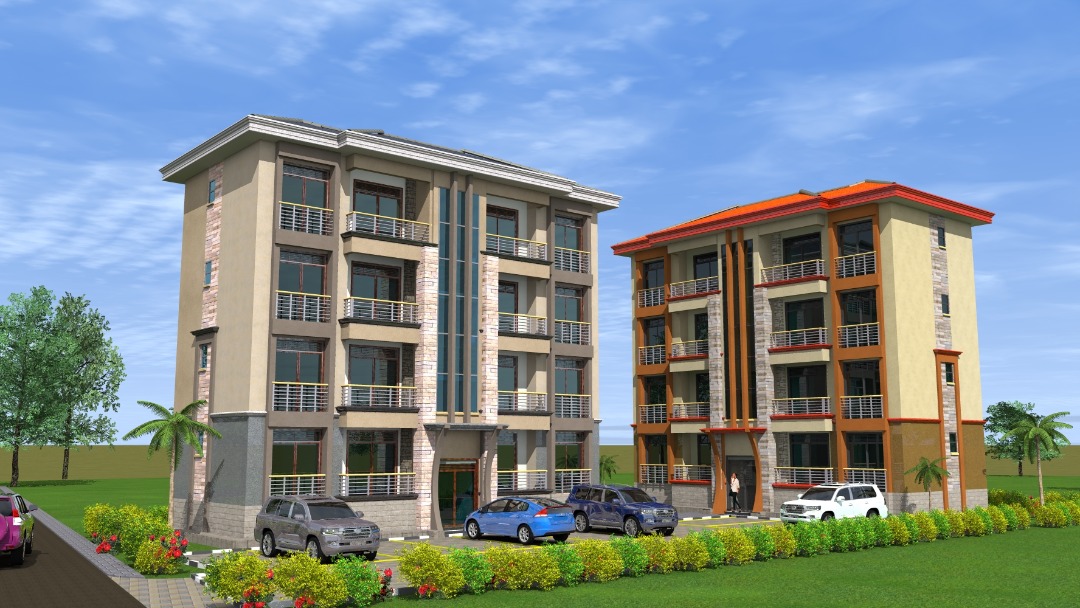Affordable Housing in Uganda: How Investors Can Participate and Profit
Affordable housing has been a long-running crisis in Uganda. Uganda has a housing deficit of approximately 1.7 million habitable housing units. It is reported that Kampala alone has a housing deficit of 550,000 units. It is further estimated that two decades from now Uganda will have a housing shortage of nearly 8 million units, of which 2.5 million will be in urban centers and one million in Kampala.
In the past, policymakers and citizens have looked to the central government for support, using taxpayer money to fund government programs aimed at providing affordable housing. But these solutions alone won’t bridge the gap that continues to widen.
The long-term solution lies in individual investors and corporations working with government agencies while utilizing their own business models to develop and provide long-term affordable housing.
At first glance, it may seem impossible to earn a profit while offering housing for less than the market rate, but there are ways investors can participate and profit.
Seek long-term, big-impact solutions.
It’s critical, however, for investors and developers to understand the needs of low-income families. Tearing down old public-housing projects with the hopes of replacing them with new mixed-income housing projects might sound great in theory, but this approach actually results in far less affordable housing units in the long term.
Mixed-income units can help reduce crime and provide better-quality housing in more geographically diverse areas of the city, but the number of housing specifically for low-income households in mixed-income projects needs to be the same as the number of affordable projects destroyed.
Developers in particular should consider what additional services or social-impact solutions can be provided in an affordable-housing development project that could benefit the residents, particularly with social services. Many affordable-housing projects are located in high-concentrated areas of low-income earners where schools, facilities, and services are of lower quality or accessibility. Providing things like an on-site daycare center, healthcare facility, or grocery store with access to fresh food can improve the quality of the community and reduce issues such as crime that can arise in public housing projects.
Positive social change while still profiting
The need for affordable housing isn’t dissipating anytime soon. Statistics have shown there are no statistical differences in neighborhoods values in areas that have newly established affordable housing projects. Providing higher-quality housing and services at affordable prices help raise the opportunity for the community and improve the productivity and success of the area as a whole. And clearly, there are ways for investors to participate without jeopardizing their bottom line.
An ongoing concern about participating in affordable housing is the quality of the tenants and challenges or issues that can arise if the tenant breaks the lease, conducts illegal activity, or destroys the unit. But this issue can arise with any tenant no matter the price point. Conducting thorough background checks on each tenant can reduce this risk, but it’s also helpful to be an experienced landlord or have a good property manager on your team.
If you’re considering participating in affordable housing, conduct further due diligence about the various programs today. It’s a good idea to start locally looking at your state or municipality’s existing programs aimed at affordable housing. It’s likely they utilize some sort of tax credit or specialized financing programs for landlords or developers who will provide long-term affordable housing solutions.





